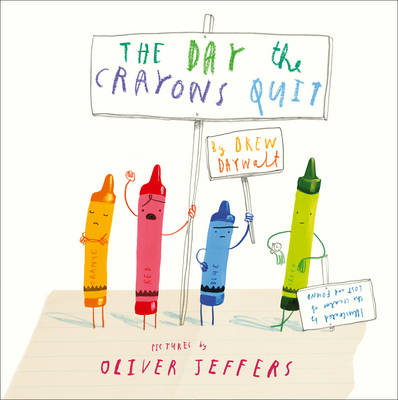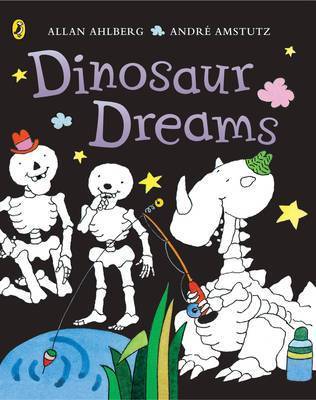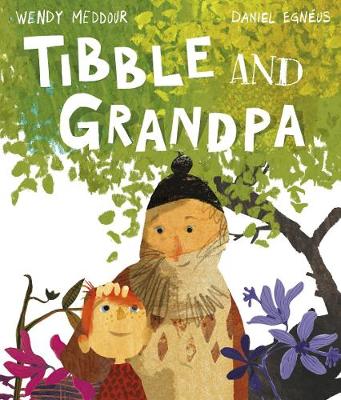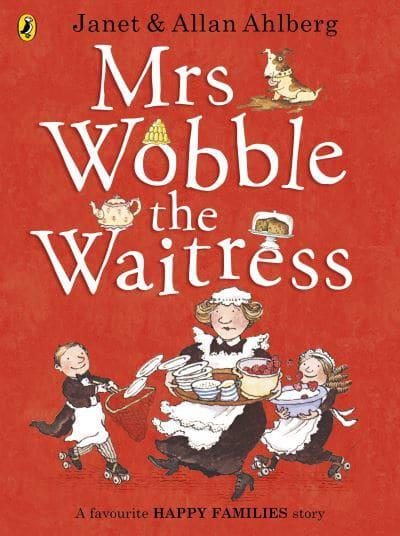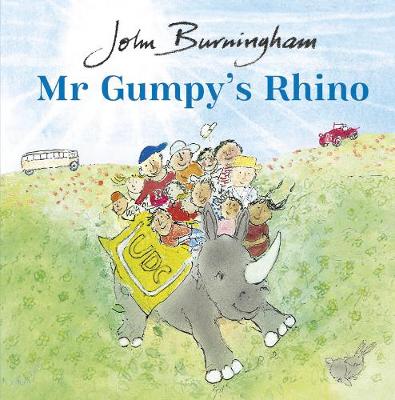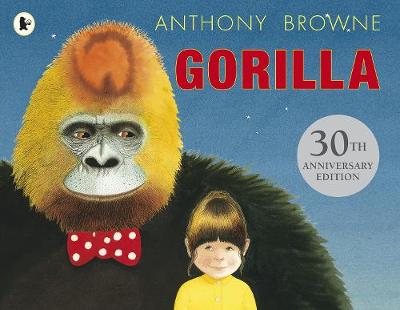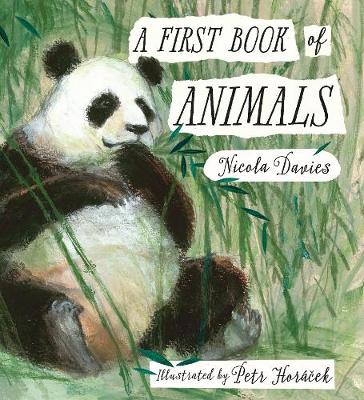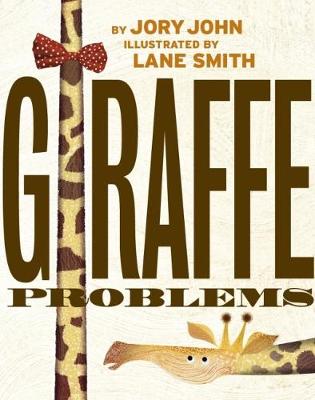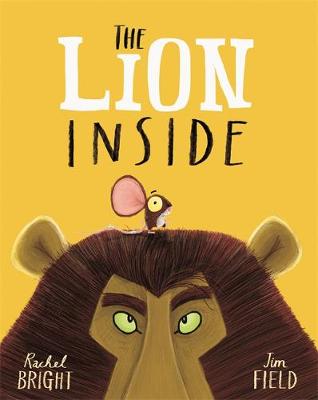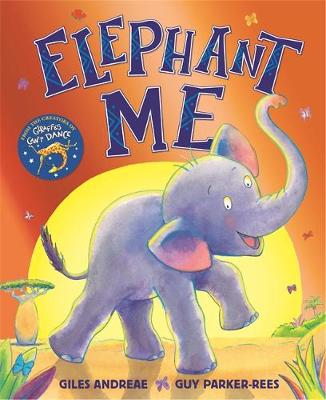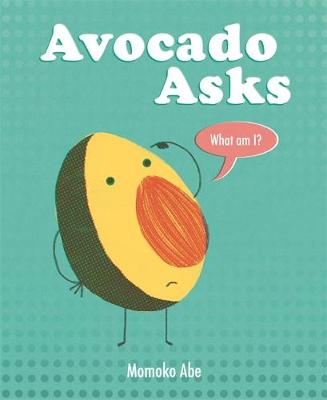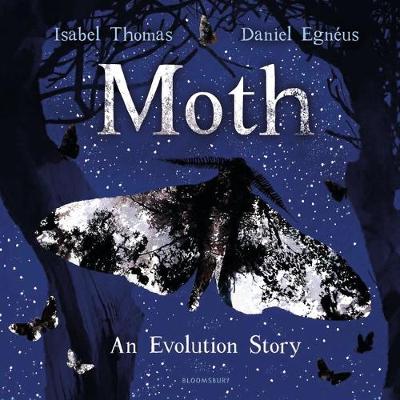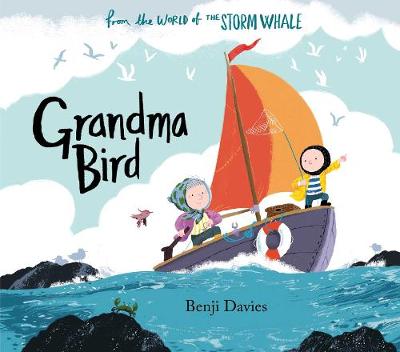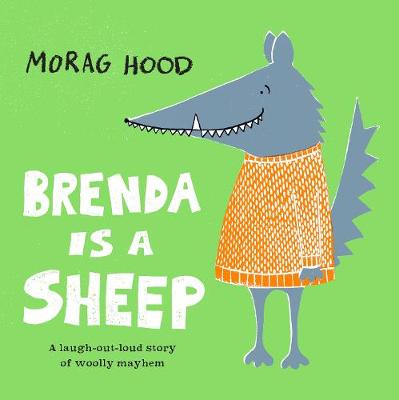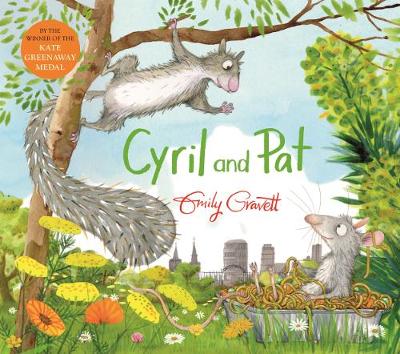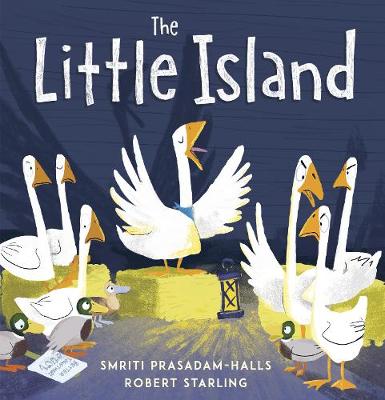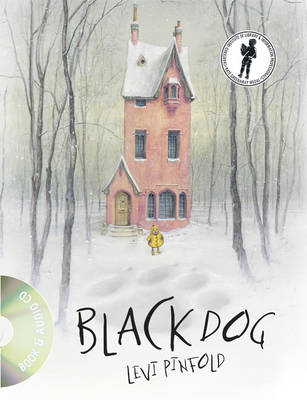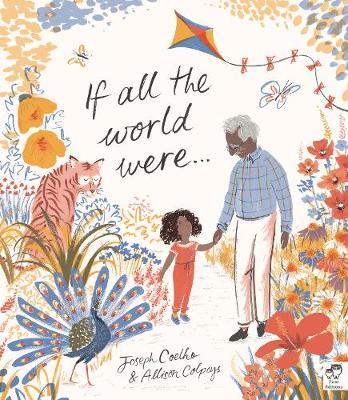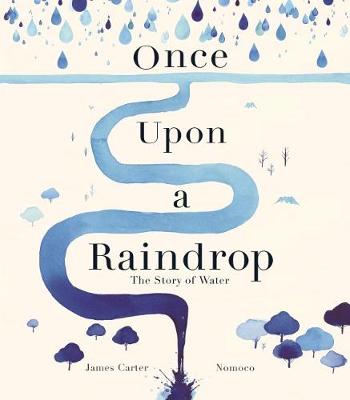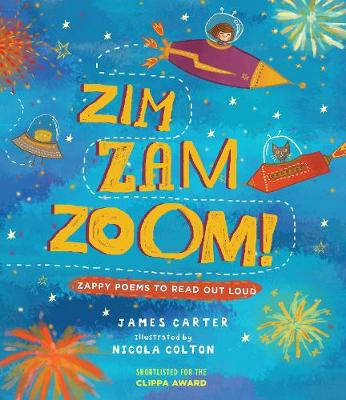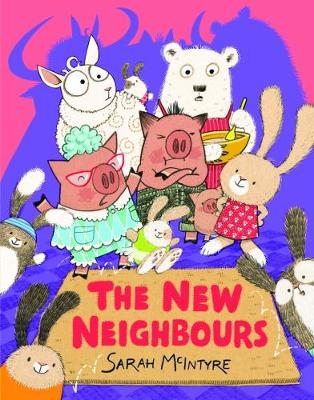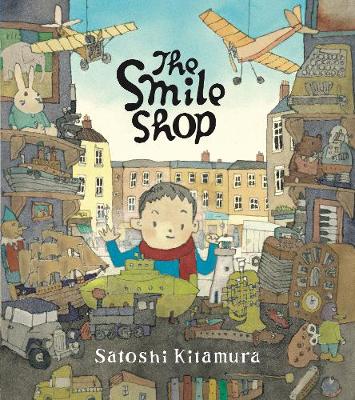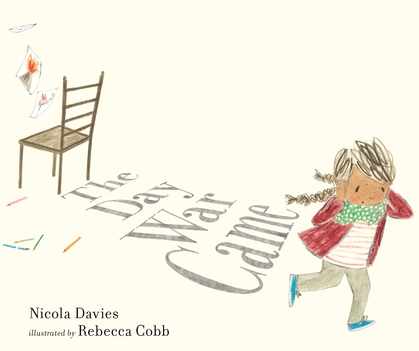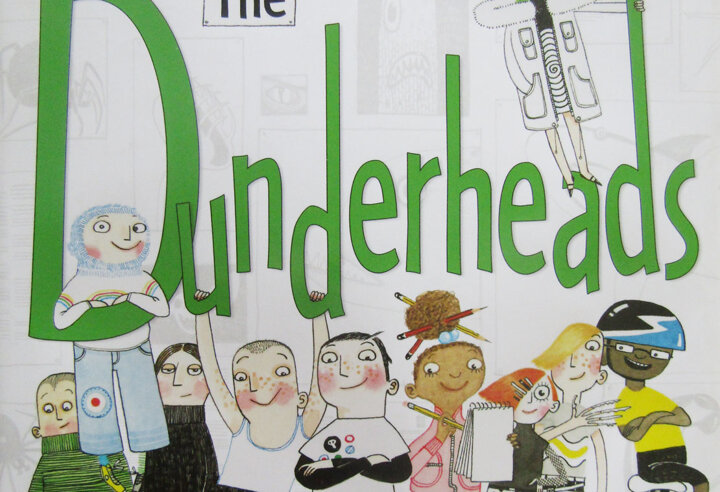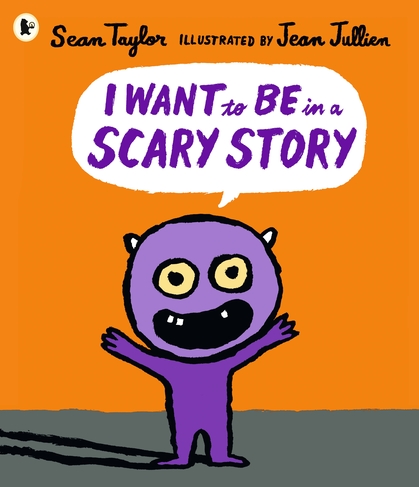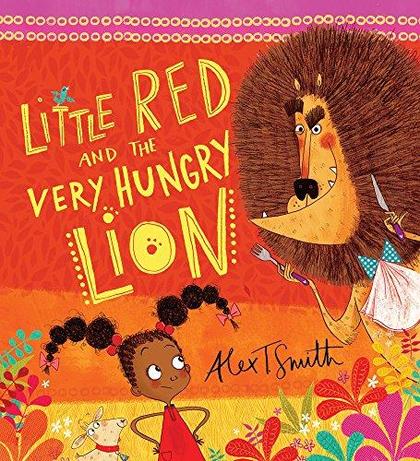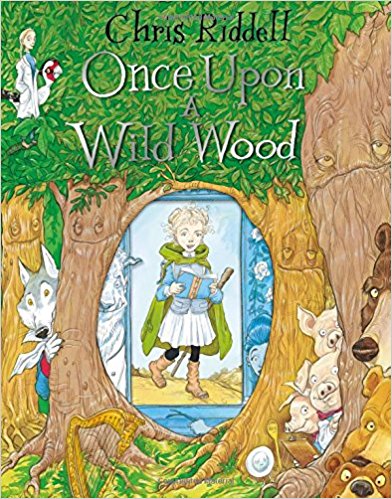Welcome to Class 2
A very warm welcome to Class 2 where you will find 21 enthusiastic and hard working pupils in a mixed Year 1 and Year 2 class. The children are all absolute superstars and all have a fantastic attitude towards their learning. The class teachers are Mrs Shaw and Mrs Jones. Mrs Jones teaches in class from Monday - Wednesday and Mrs Shaw teaches in class on a Thursday and a Friday. Michaela teaches our PE lessons, Miss Sharp teaches our ICT lessons and we are supported by Mrs Darley regularly throughout the week.
Things to remember:
Monday: Spelling test. Reading books and homework books to be returned. New homework and spellings are sent home.
Tuesday: PE kit
Wednesday: Reading books are sent home.
Thursday: PE kit
Friday:
Daily Reminders:
- Bring a clearly named water bottle to school.
- Remember to bring reading book and reading record books to school.
Phonics
The development of children’s phonics is a key skill that impacts on children's progress as a reader and a writer. It is through their knowledge of phonics that children can read and write unfamiliar words by saying the sounds which match the letters in the words and then blending the sounds together.
Aims
Through a strong focus on the teaching of phonics we aim:
- To provide all children with a systematic and synthetic approach to teaching phonics which ensures all children achieve.
- To teach children all of the sounds (including alternative pronunciations) included in each phase of the Little Wandle Letters and Sounds Revised programme.
- To teach children how to orally blend spoken sounds to pronounce words.
- To read words by segmenting the sounds in a word and then blending the sounds back together.
- To write words by writing each of the sounds they can hear in a word.
- That children by the end of Year 1 will have developed a secure knowledge of all phonics sounds in order to develop as fluent readers to access and enjoy a range of books.
- To quickly identify children who need extra support and provide extra practice to enable them to keep up.
Structure of phonics and resources to teach phonics
Pupils in Nursery, Reception, Year 1 and Year 2 have a daily phonics session, which follows the Little Wandle Letters and Sounds Revised structure of Revisit and Review, Teach and Practise, Practise and Apply and (for Reception and Year 1) Guided Practice (where children read a decodable book three times a week). Phonics is taught on a morning and lasts for 15 minutes in Nursery, 25 minutes in Reception and 25-30 minutes in Year 1 and Year 2. Any child who needs additional practice has daily 'Keep-up' support. 'Keep-up' lessons match the structure of class teaching, and use the same procedures, resources and mantras, but in smaller steps with more repetition, so that every child secures their learning.
Revisit and Review – The children have the opportunity to re-cap sounds that have already been taught to them. They will then have the opportunity to practise reading words containing familiar sounds. The children will then practise reading the tricky words that are linked to their current stage in the phonics progression.
Teach and Practise – The new sound of the day is explicitly taught.
The new sound of the day will be taught and children will have the opportunity to practise orally segmenting and blending words alongside reading words containing the sound. During this time teachers will further support understanding by giving examples and definitions of some of the words in a sentence. A new tricky word will then be introduced and children will practise reading the word.
Practise and Apply – The children are given the opportunity to practise using the new sound, by reading and writing words/sentences containing this sound. The children will then further apply this sound by writing further words containing the sound of the day and a previously taught tricky word.
Guided Practice – Applying known sounds in fully decodable books.
During phonics teaching, we use phonics books (Collins Big Cat – Little Wandle for Letter and Sounds revised) to support children in applying their phonic knowledge to words and sentences by segmenting and blending sounds together. These phonics books are linked to the secure sounds that children know. In school children will be listened to read in a small group 3 times a week. Each time the group will be focusing on a different reading skill; fluency, prosody (readers voice) and comprehension (understanding the book). Once children have completed their three reads in school they will take their book home to share and consolidate their learning. This is a time for parents and carers to celebrate reading success with their children and share a love of reading together.
The reading lead will oversee the teaching of phonics and the delivery of the programme by monitoring the impact of this and by coaching and training the staff. At Aberford, we follow the Little Wandle Letters and Sounds Revised Programme. Further information about this phonics programme can be found at: https://www.littlewandlelettersandsounds.org.uk/resources/for-parents/
Further information about the progression of phonics from Upper Foundation (Reception) to the end of Year 1 is available via this pdf.
Interventions in phonics
Daily phonics interventions through regular and short 'Keep up' sessions will take place for identified pupils who require additional support. This will follow the same structure as above and will be a familiar routine to the children. Interventions will focus on targeted pupils identified through recent assessments and will be based around sounds that the pupils do not know, whilst also recapping sounds they do know to ensure they can achieve success.
Assessment of phonics
Phonics assessments will take place to assess pupils’ knowledge of the sounds that have been taught throughout each half term. It will also assess children’s decoding skills as they read unfamiliar words by applying their phonics or familiar words accurately. From the assessments, teachers will quickly identify the pupils who require further support and they will be provided with a targeted intervention. Daily assessment through the ‘speedy sounds’ using flash cards will also take place by the class teachers. The reading lead will oversee the assessment of phonics and will analyse data and will monitor the impact of interventions.
Phonics screening check
The phonics screening check is an assessment for the pupils in Year 1 which takes place during the final summer term. The check assesses the children’s ability to segment and blend words effectively by reading a series of real and non-words (‘alien words’). The check takes place on a one to one basis with the child and their class teacher. Results are submitted and parents are informed whether their child has met the required standard or not. Any child who does not meet the required standard in Year One will have the opportunity to re-take the check the following year during Year 2.
NEW FOR 2024:
Year 2: The Little Wandle Phase 5 review and Bridge to spelling units provide a seamless link from the Little Wandle core programme to teaching spelling in Year 2. We have introduced this to our Year 2 children this year. Pupils will then embark on the fluency programme and we have purchased many new exciting books to support this teaching.
Nursery: Our phonics teaching now starts in Nursery and follows a very specific sequence that allows our children to build on their previous phonic knowledge and master specific phonic strategies as they move through school.
Homework
-Children in Class 2 are expected to read at least 3 times a week.
-Spellings are given out every Monday and children have a spelling test during their phonics lesson on a Monday.
-Year 2 are given wider curriculum homework from September and Year 1 from January.

